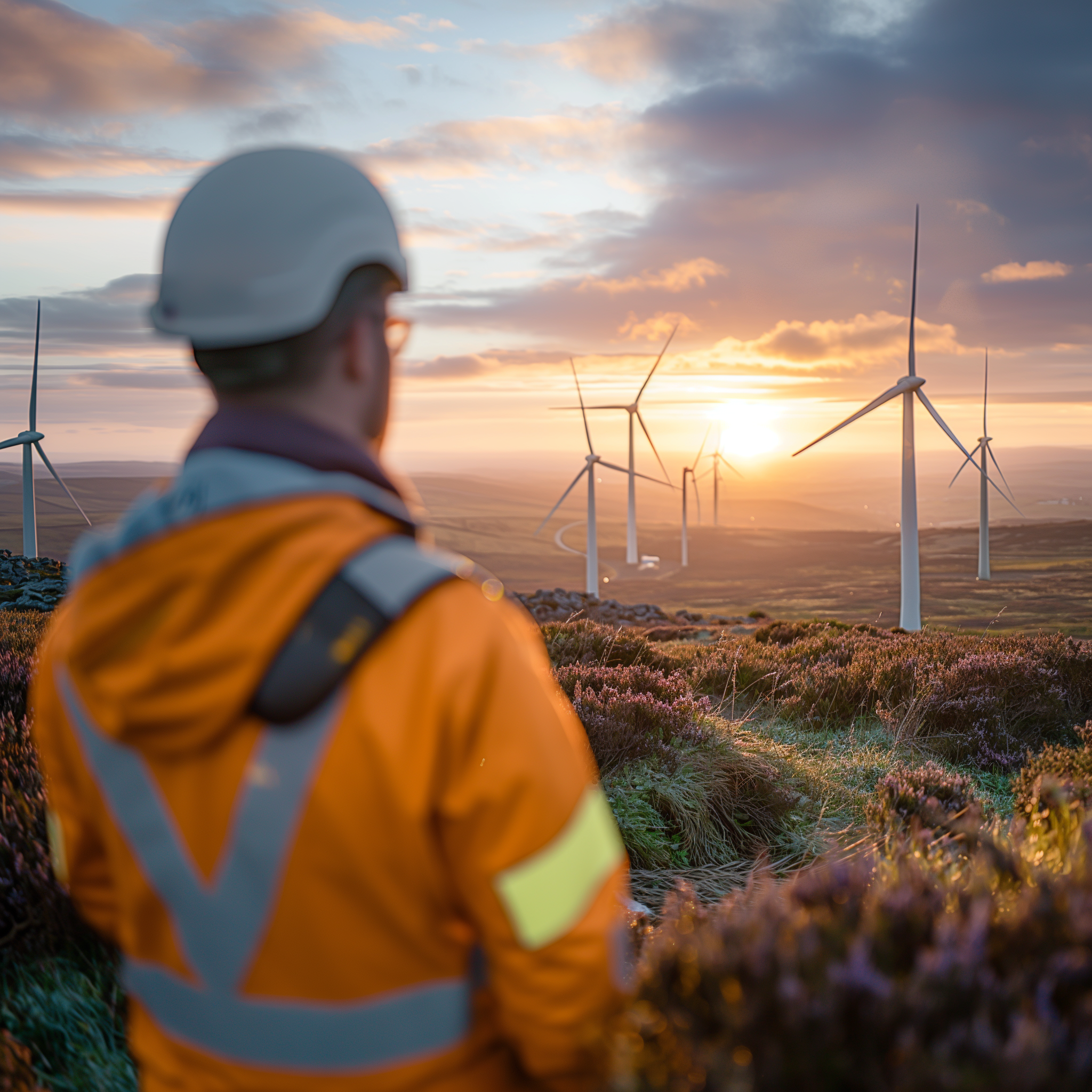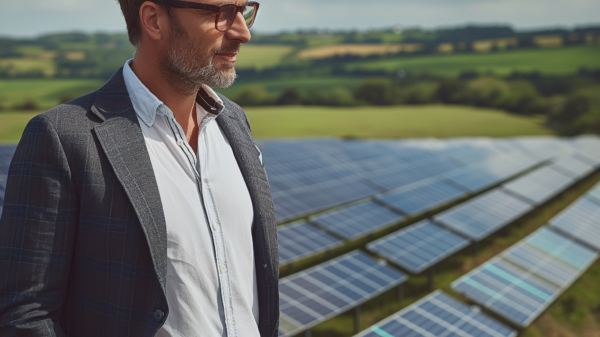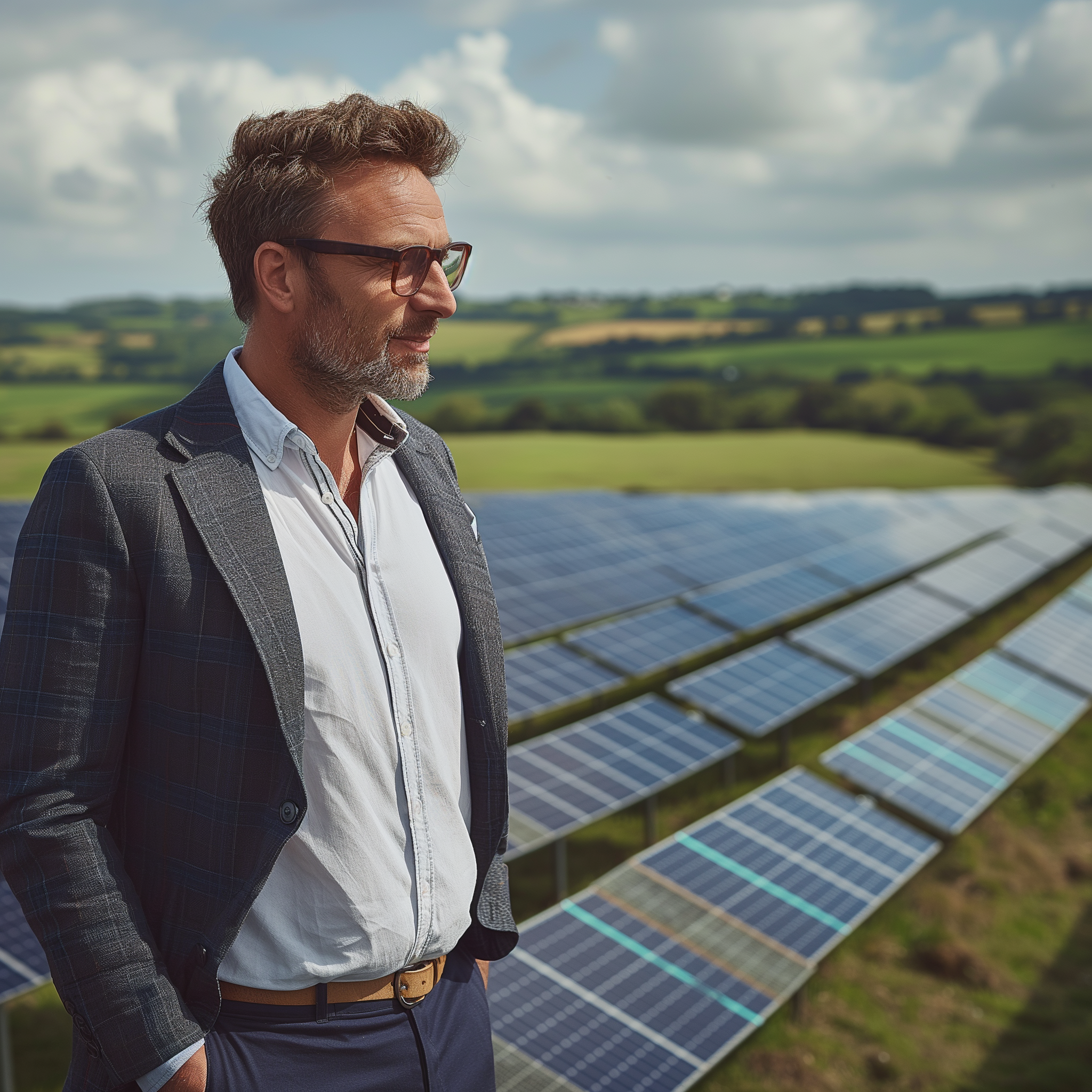As the world increasingly focuses on sustainable development, renewable energy startups are becoming pivotal in shaping a green, viable future. Investing in these enterprises offers a unique opportunity for investors to diversify their portfolios while contributing to global environmental goals.
This article delves into the diverse aspects of investing in renewable energy, including the types of renewable resources, investment vehicles, technological advancements, market dynamics, and the economic and regulatory environments shaping the industry. Understanding these elements can help investors make informed decisions and capitalise on the growing trend towards sustainability in the energy sector.
Renewable Energy Types and Their Impact

Renewable energy has become a cornerstone of sustainable investment, shaping how investors approach green markets. The various types of renewable energy—solar, wind, hydro, geothermal, and bioenergy—present unique opportunities for market disruption and are pivotal in transforming the energy sector. Each type offers distinct advantages and challenges crucial for investors to understand.
Solar energy is perhaps the most accessible, with technologies that convert sunlight directly into electricity. Its scalability has seen tremendous growth, especially with the advent of photovoltaic (PV) cells. However, the real breakthrough has been in cost reduction, making solar one of the most economically viable forms of renewable energy.
Wind energy harnesses the power of wind to produce electricity using turbines. The technology has matured, leading to larger and more efficient turbines. Offshore wind farms, in particular, have begun to outpace their onshore counterparts in terms of installation and efficiency, suggesting a shift in how wind energy is perceived and utilised.
Hydroelectric power remains the largest renewable energy source for electricity generation worldwide, contributing to about 16% of global electricity production. It uses the energy of flowing water to generate power and is one of the most mature and reliable renewable technologies.
Geothermal energy, derived from the Earth’s internal heat, offers a consistent and steady energy source. While it requires significant upfront infrastructure investment, the return is a stable, low-cost power supply that can significantly undercut fossil fuels over time.
Bioenergy involves producing energy from organic materials. It has a dual role in renewable energy portfolios: it helps reduce waste and produces energy. Innovations in bioenergy, including advances in algal biofuels and biogas technologies, are making this sector increasingly competitive.
These renewable resources are reshaping the energy sector’s landscape, challenging traditional energy sources and providing investors with lucrative opportunities to participate in the green revolution.
Investing in Renewable Energy: Strategies and Vehicles
Investing in renewable energy involves a variety of instruments and strategies, from direct stock purchases in renewable companies to green funds, government bonds, and venture capital. Each investment vehicle offers different levels of risk and returns tailored to diverse investor profiles.
Direct stocks allow investors to engage directly with renewable energy companies. This could involve investing in established players in the solar panel manufacturing sector or emerging companies in the wind energy sector. Direct stock investments often offer high returns, albeit with higher risks due to market volatility.
Green funds are mutual or exchange-traded funds (ETFs) that invest primarily in renewable energy and environmentally friendly projects. These funds provide diversification, reducing the risk associated with individual stocks.
Government bonds for renewable energy projects offer a lower-risk investment compared to stocks. These bonds often come with tax incentives and are backed by government policies supporting renewable energy growth.
Venture capital in renewable energy is geared towards startups with promising technologies but requires significant due diligence to assess potential. Venture capitalists provide capital and strategic guidance to help these startups scale.
Angel investing is another avenue allowing individuals to invest in early-stage companies. While this includes a high degree of risk, the potential for substantial long-term returns is considerable, especially as the demand for innovative energy solutions grows.
Growth funding rounds are critical for mature startups looking to scale operations or expand into new markets. These investments are typically larger and involve less risk than early-stage funding.
These investment avenues illustrate the robust, diverse market that has developed around renewable energy, providing multiple options for investors to help foster a greener future.
The Role of Technology in Advancing Renewable Energy

Technological advancements are fundamentally reshaping the renewable energy sector, enhancing efficiency and reducing operational costs. Innovations such as more effective photovoltaic cells have improved solar energy conversion rates, while advances in wind turbine technology have enabled more power generation from variable winds, including the deployment of floating turbines in deep waters.
In bioenergy, developments in algal biofuels and genetic engineering have improved yield and viability. Crucially, breakthroughs in energy storage, like advanced lithium-ion and solid-state batteries, address intermittency issues by allowing surplus energy storage for use during low production periods.
These technologies optimise current systems and ensure scalability, facilitating the integration of renewable solutions into wider energy grids and various market applications.
Analysing Market Dynamics and Consumer Trends
The shift towards renewable energy, driven by growing consumer and business awareness of environmental impacts, is significantly altering market dynamics. This shift influences not only the types of energy consumed but also how providers structure their offerings. As renewable technologies become more cost-effective and efficient, the increased supply leads to competitive pricing and wider adoption, allowing renewables to directly compete with traditional fossil fuels.
Additionally, the competitive landscape is diversifying as traditional energy firms invest in renewables to meet global carbon reduction targets and ensure compliance. This evolution is supported by advancements in grid management and storage technologies, which facilitate the seamless integration of intermittent renewable sources and enhance overall energy stability.
Economic Viability and Returns on Investment
Investing in renewable energy is increasingly economically viable due to declining technology costs and improved efficiencies. Initial investments, though substantial, are yielding favourable returns on investment (ROI), bolstered by supportive regulatory frameworks and the long-term financial benefits of stable energy costs and less exposure to fossil fuel volatility.
Market growth is robust, fueled by regulatory backing and rising consumer demand, particularly in regions with encouraging policies. These investments not only align with environmental sustainability goals, reducing carbon footprints and aiding global climate objectives but also offer attractive opportunities for investors, enhancing portfolio sustainability and market value through a ‘sustainability premium.’
Government Incentives and Regulatory Support

Government involvement is crucial in shaping the renewable energy landscape through incentives, subsidies, grants, tax benefits, and regulatory frameworks. These governmental measures are designed to accelerate the adoption and development of renewable energy technologies by reducing investment risks and improving the economic feasibility of renewable projects.
Incentives and subsidies are often provided to lower the initial costs of developing renewable energy projects. These financial supports can significantly decrease the payback period for investments in solar panels, wind turbines, and other renewable technologies, making them more attractive to investors and developers.
Grants are also a common form of support, particularly for research and development in cutting-edge renewable technologies. These grants enable companies and research institutions to innovate and improve upon existing technologies, leading to more efficient and cost-effective solutions.
Tax benefits, such as reductions or exemptions, encourage both corporations and individuals to invest in renewable energy. These benefits can make renewable projects more financially viable by decreasing the overall tax burden of these investments.
Government regulatory frameworks are essential for ensuring that renewable energy integration into the national grid is seamless and beneficial. These regulations can dictate everything from the percentage of renewable energy that must be included in the energy mix to specific standards and practices that must be followed during the installation and operation of renewable energy systems.
These government measures support the economic aspects of renewable energy and align with global efforts to combat climate change. By creating a more favourable environment for renewable energy investments, governments can drive the sector’s growth and help achieve carbon reduction targets.
Understanding Risks and Returns
Investing in renewable energy carries inherent risks such as market volatility, technological obsolescence, and regulatory shifts, yet it offers significant potential returns, particularly over the long term.
Market volatility in renewables can be influenced by fluctuating energy prices, changing consumer demand, and geopolitical events. Diversifying investments across various types of renewable energy and different regions can help mitigate these risks.
The rapid pace of technological development in this sector also poses a risk of obsolescence, requiring investors to stay abreast of trends and lifecycle considerations. Despite these challenges, the decreasing cost of technology, improved efficiency, and supportive policies create a favourable investment environment.
Additionally, an increasing global focus on sustainability is driving both consumer and corporate shifts towards renewable energy, bolstering the sector’s long-term growth potential.
Looking Towards a Green Future
In conclusion, investing in renewable energy startups offers a promising avenue for building a sustainable portfolio that yields financial returns and contributes positively to the global effort to combat climate change.
With the right strategies and awareness of the associated risks and opportunities, investors can play a pivotal role in shaping a greener, more sustainable future.


















































